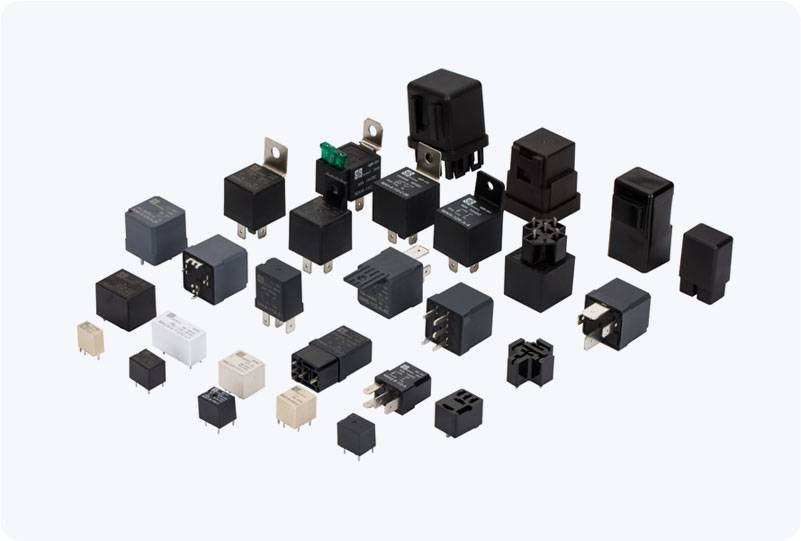The Battery Pack Main Relay is a vital component in the electrical systems of electric vehicles (EVs), hybrid vehicles (HEVs), energy storage systems, and other applications requiring high-voltage batteries. This relay is essential for managing the flow of power between the battery pack and the rest of the system, ensuring safe and efficient operation. In this article, we will explore the primary functions, working principles, and applications of the Battery Pack Main Relay, as well as its role in protecting the battery and overall system.

What is a Battery Pack Main Relay? At its core, the Battery Pack Main Relay is an electrical switch that controls the connection between the battery pack and the power system. Its purpose is to regulate the flow of electricity to various components, such as the motor, charger, and other electrical systems within the device or vehicle. The relay is typically operated by an electronic control unit (ECU), which monitors various parameters such as voltage, current, and temperature to ensure the battery is operating within safe limits. Key Functions of the Battery Pack Main Relay Control Battery Pack Connection and Disconnection: